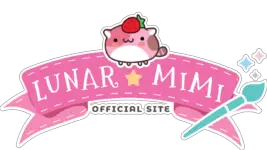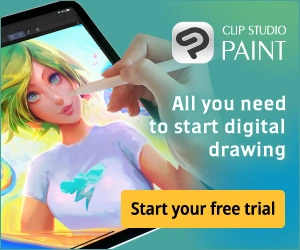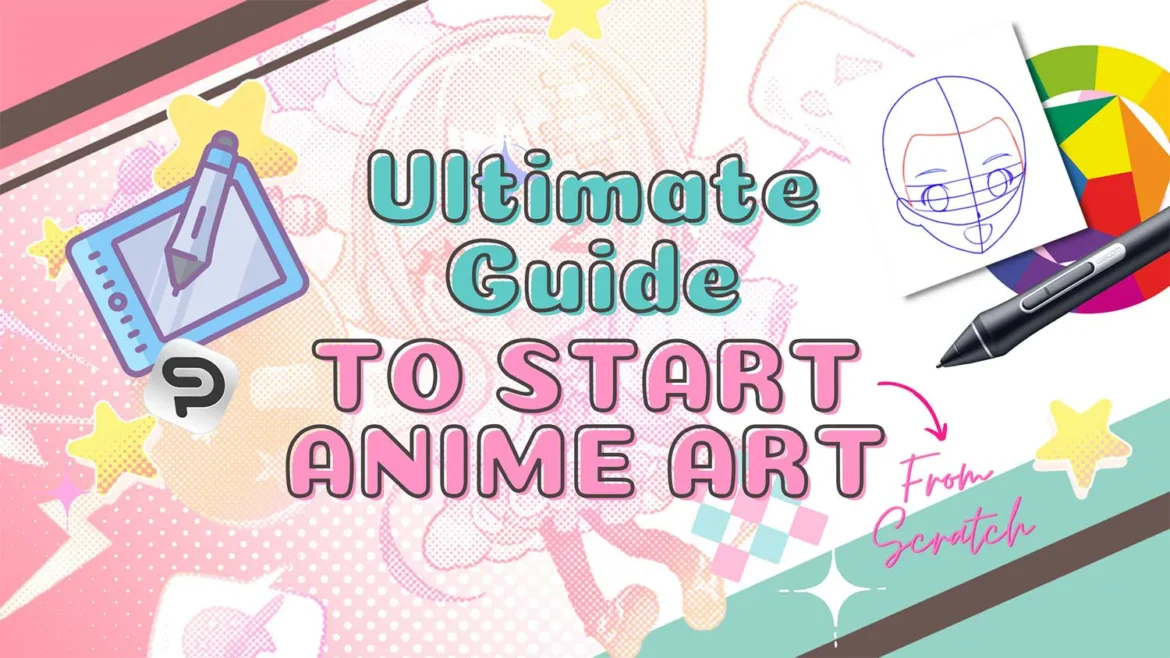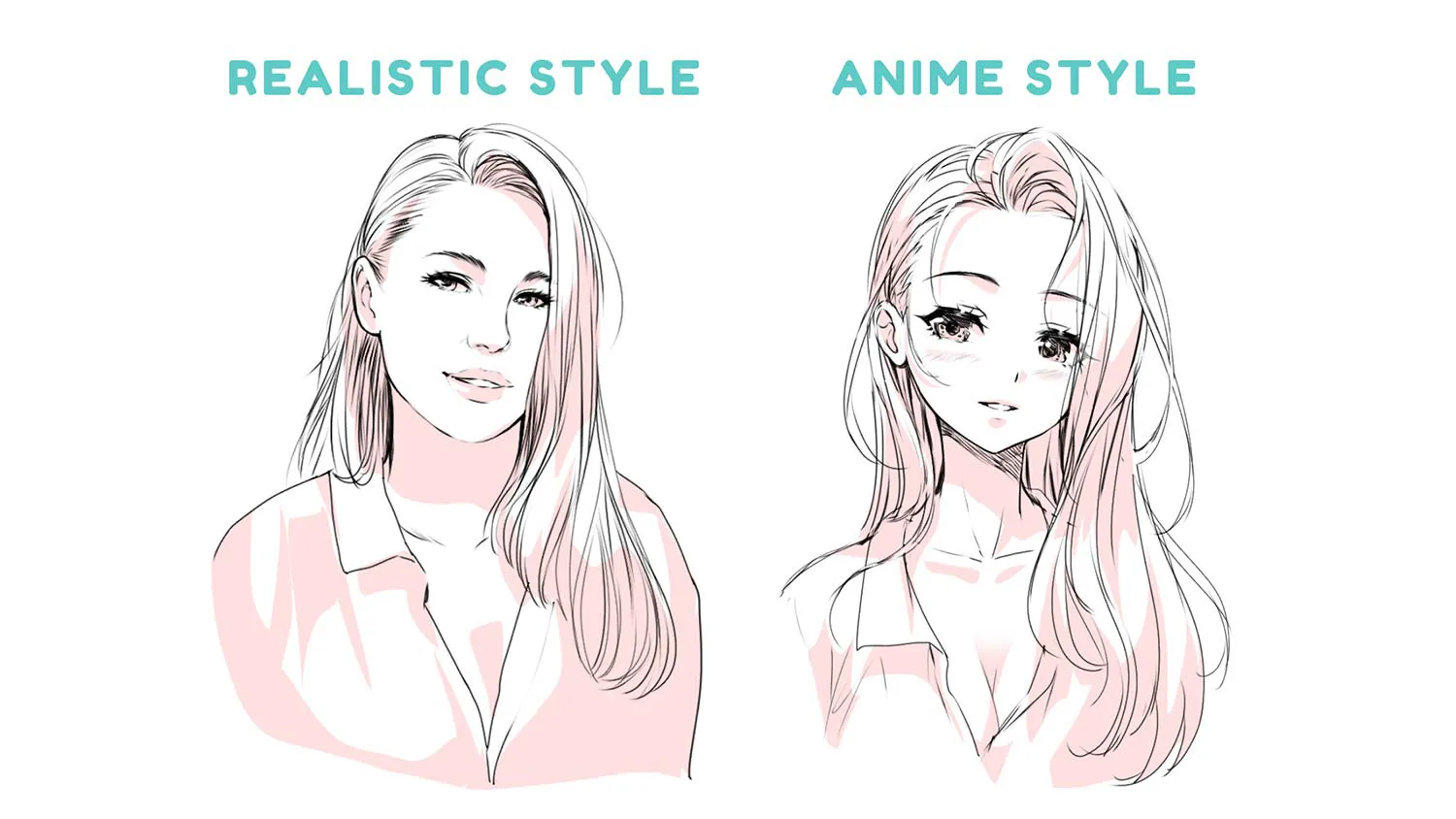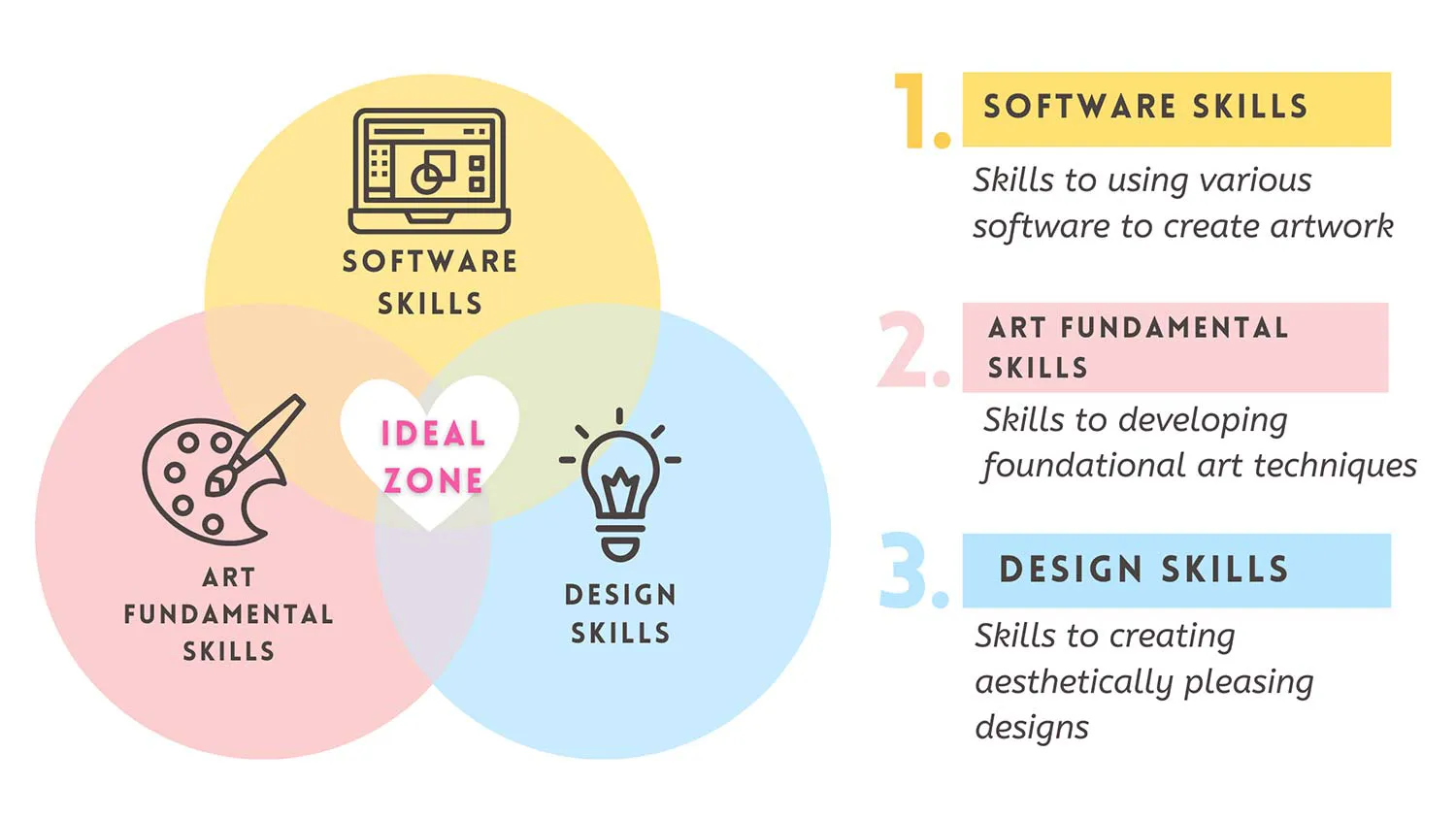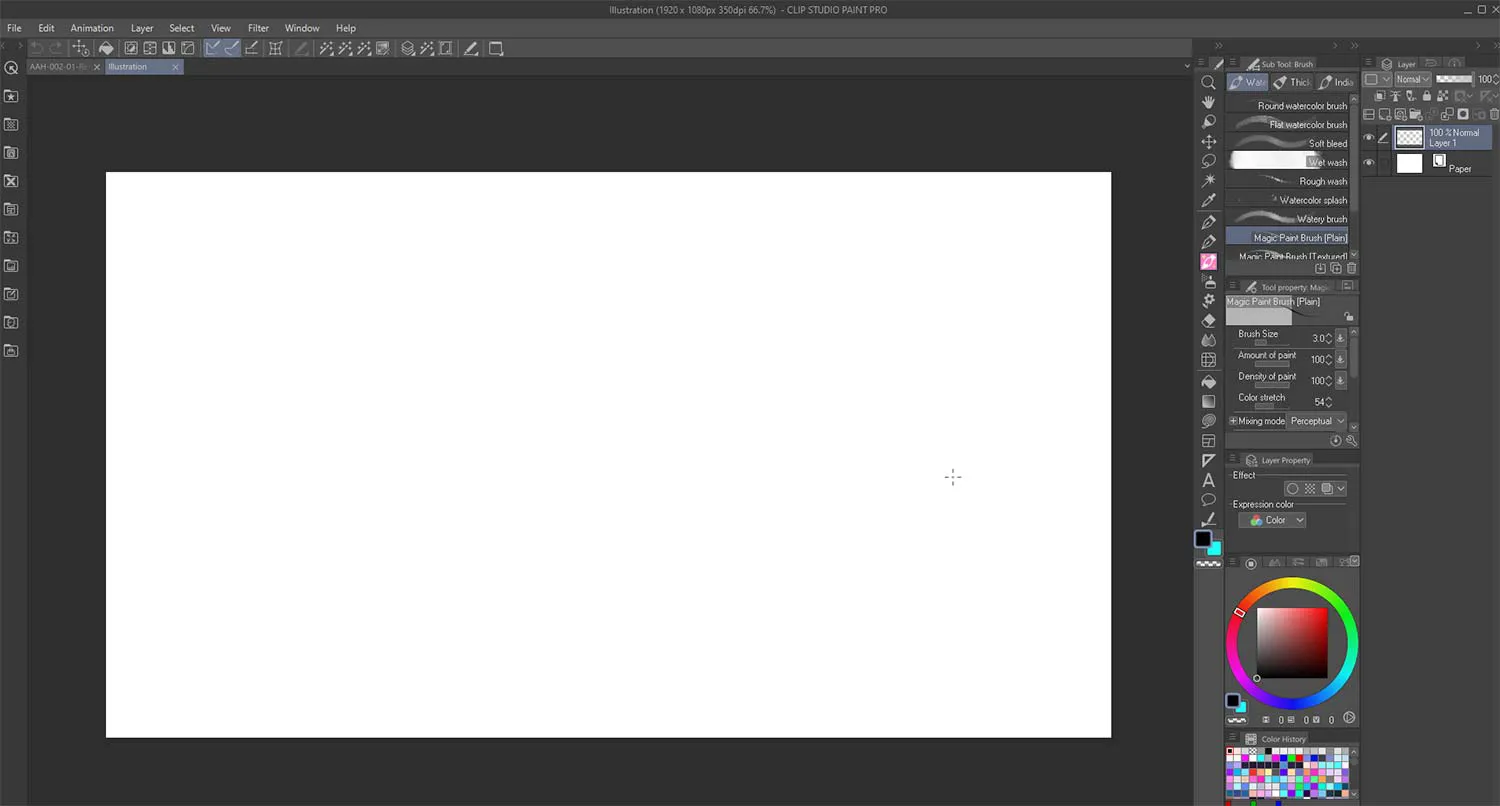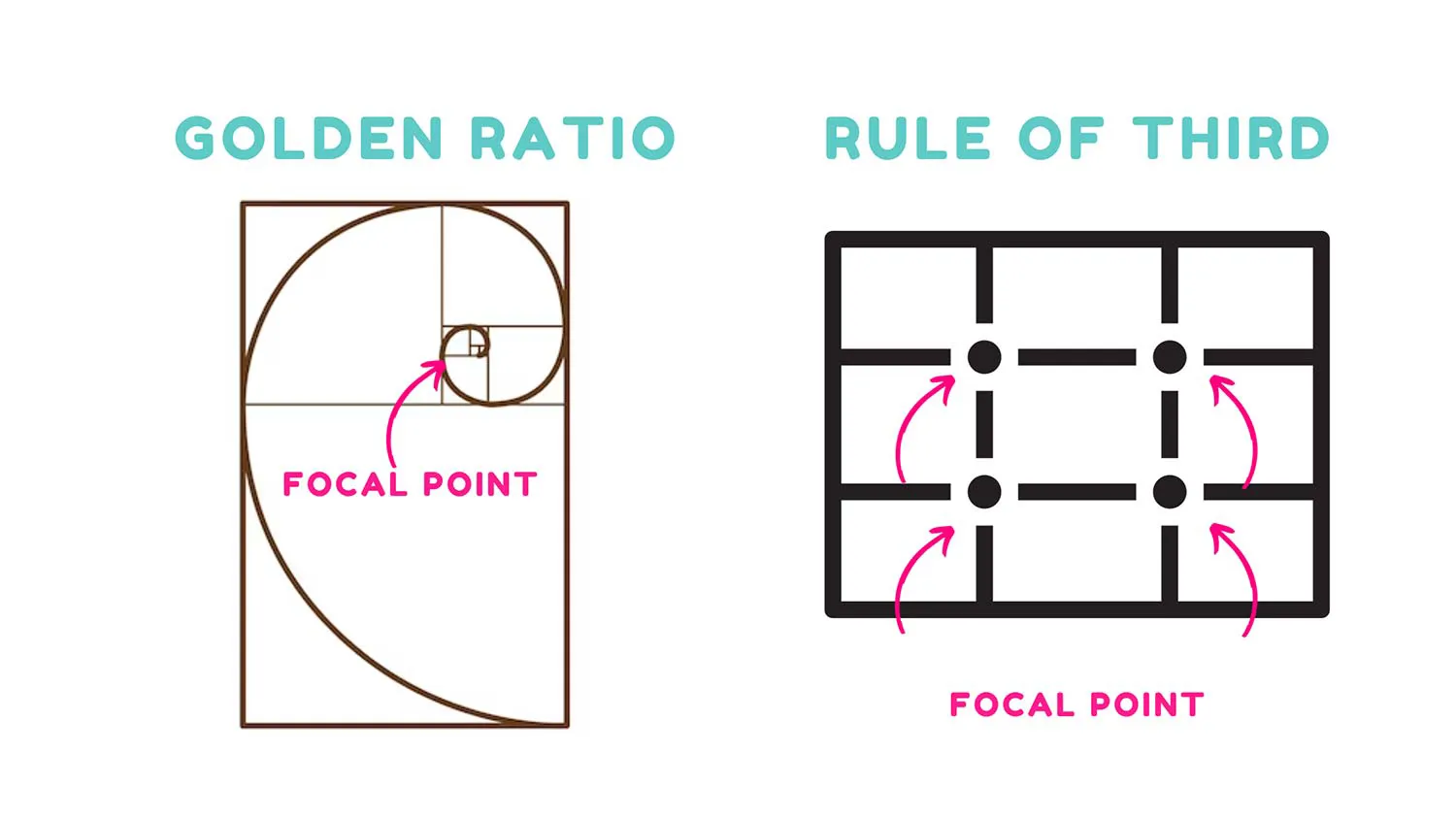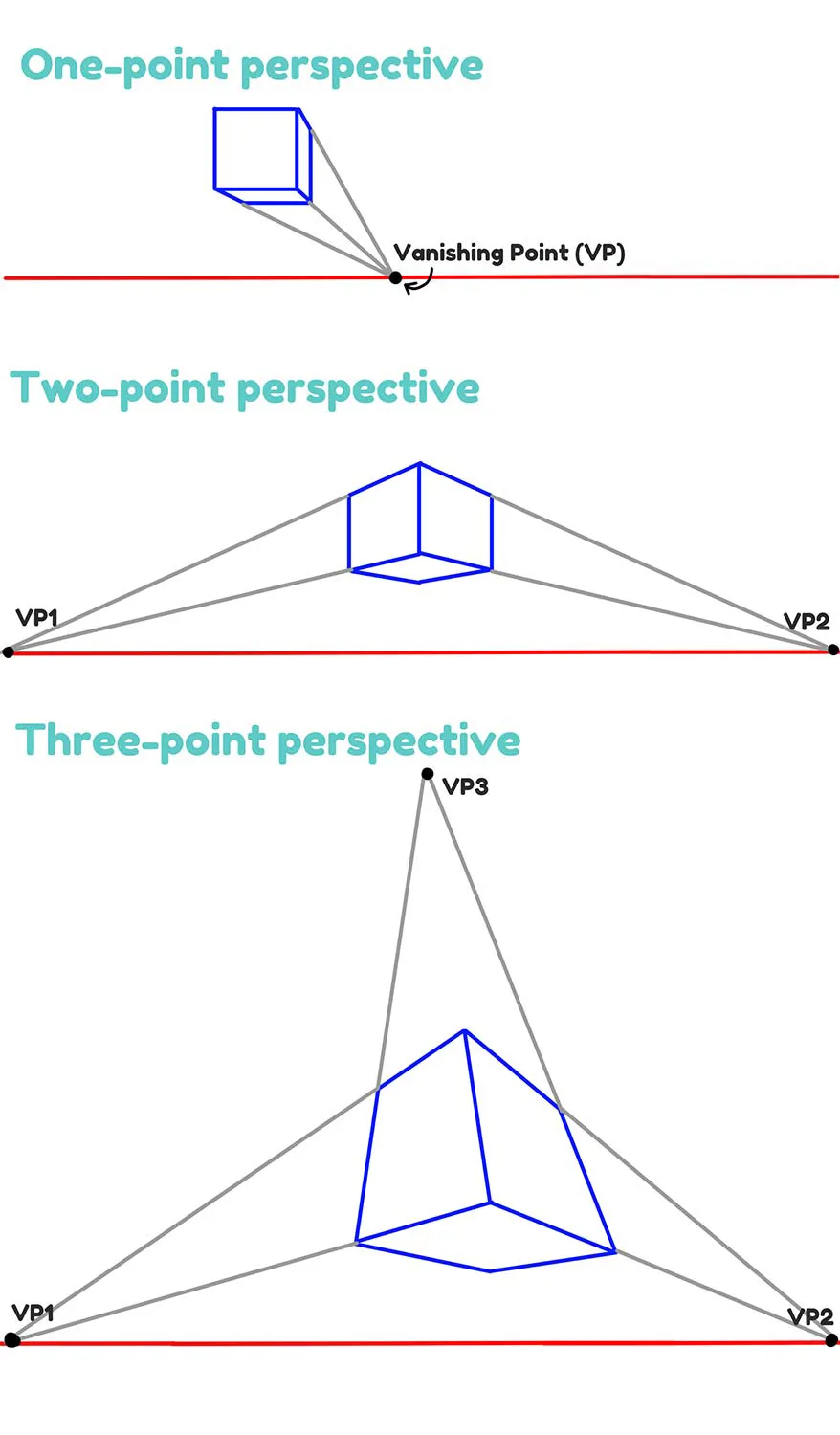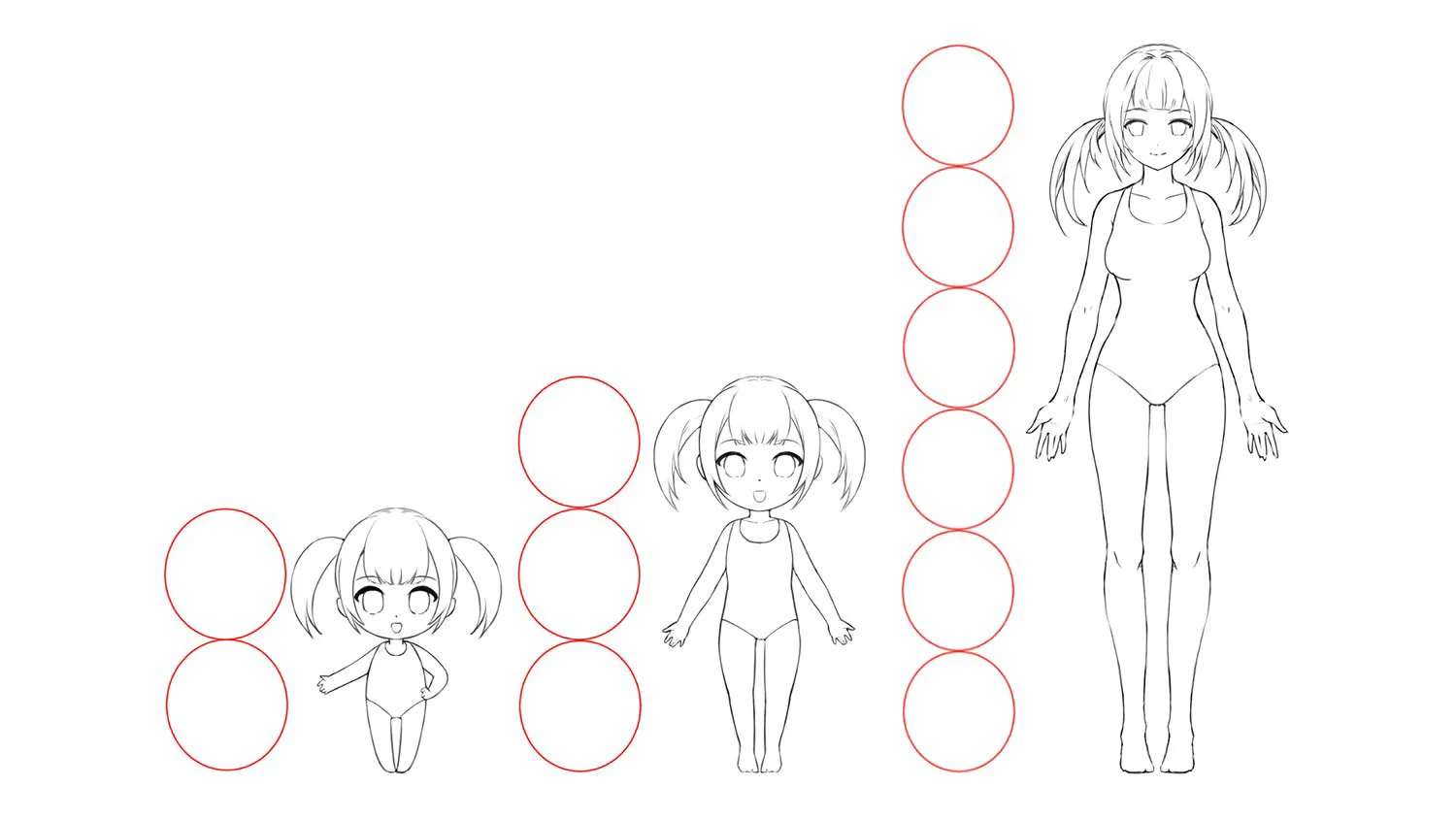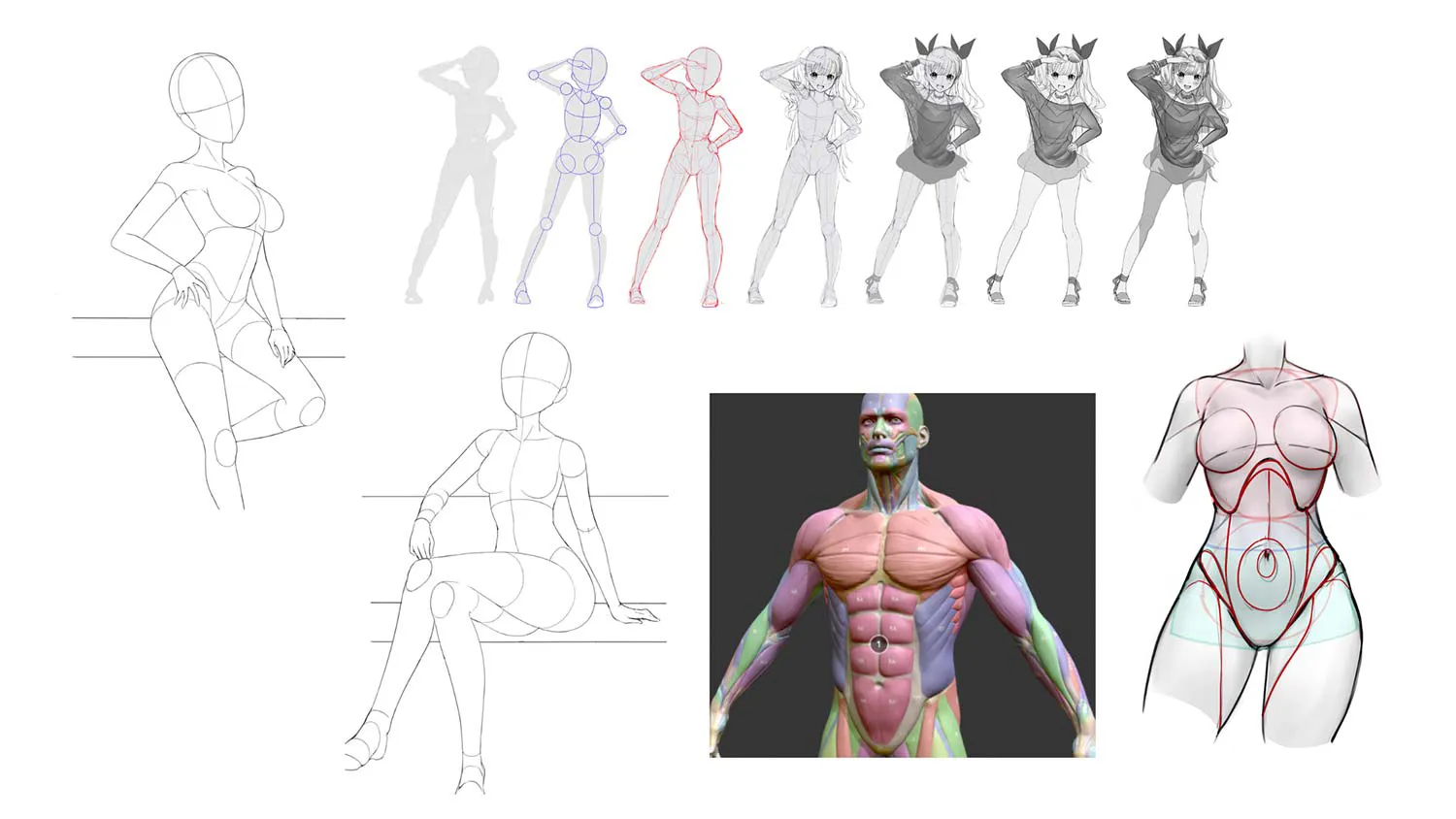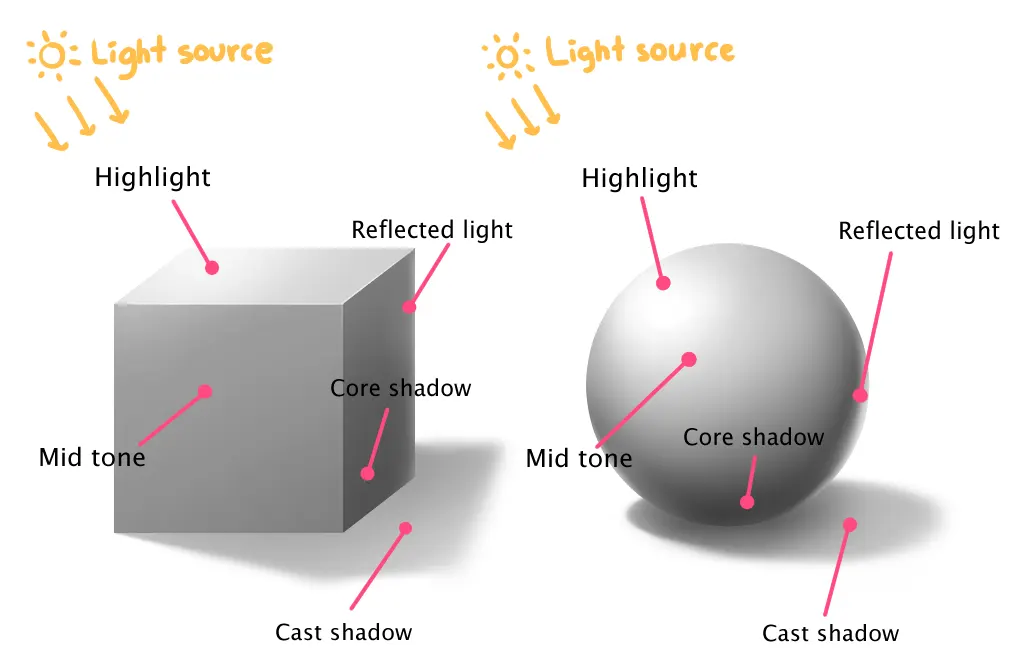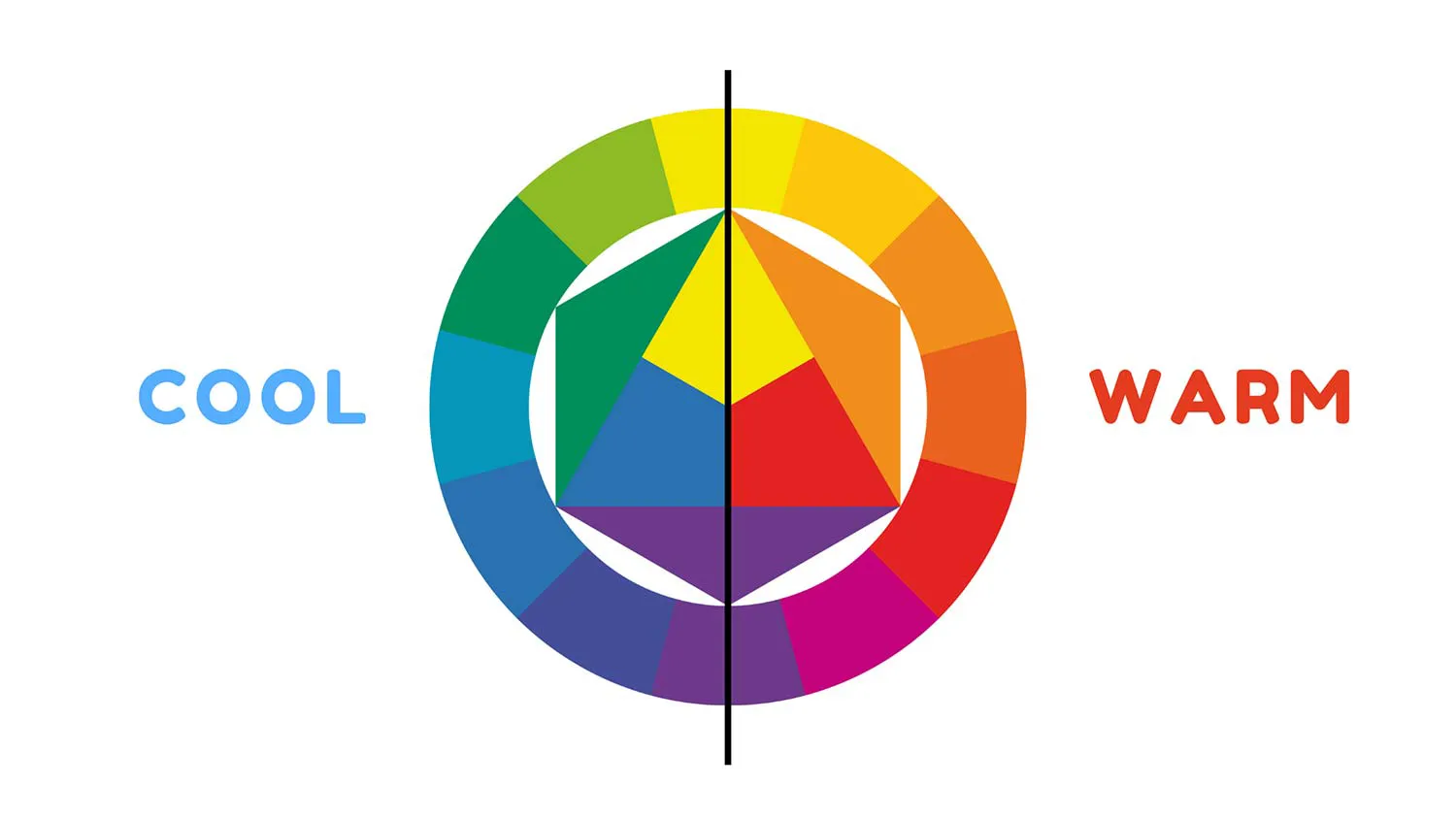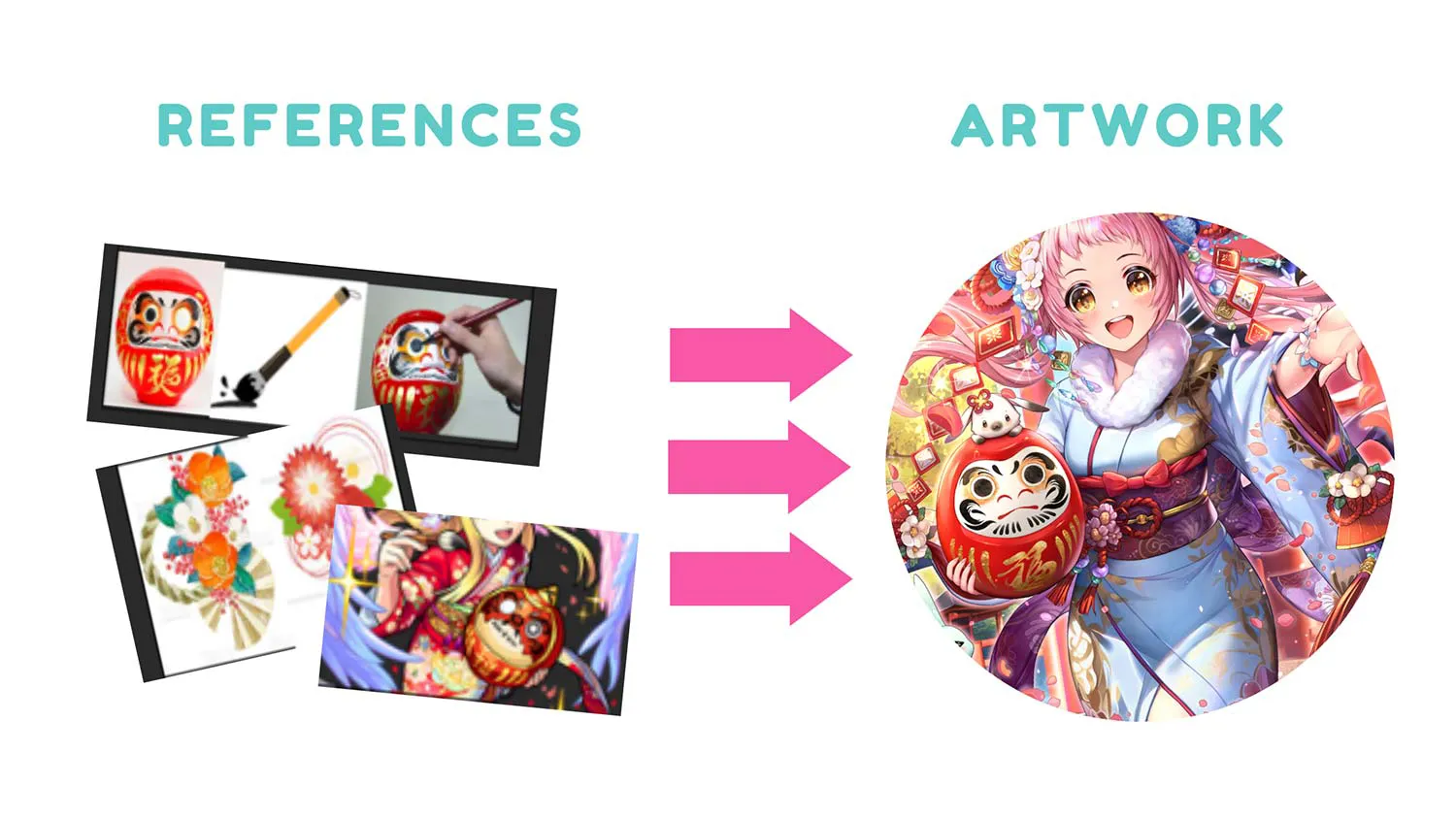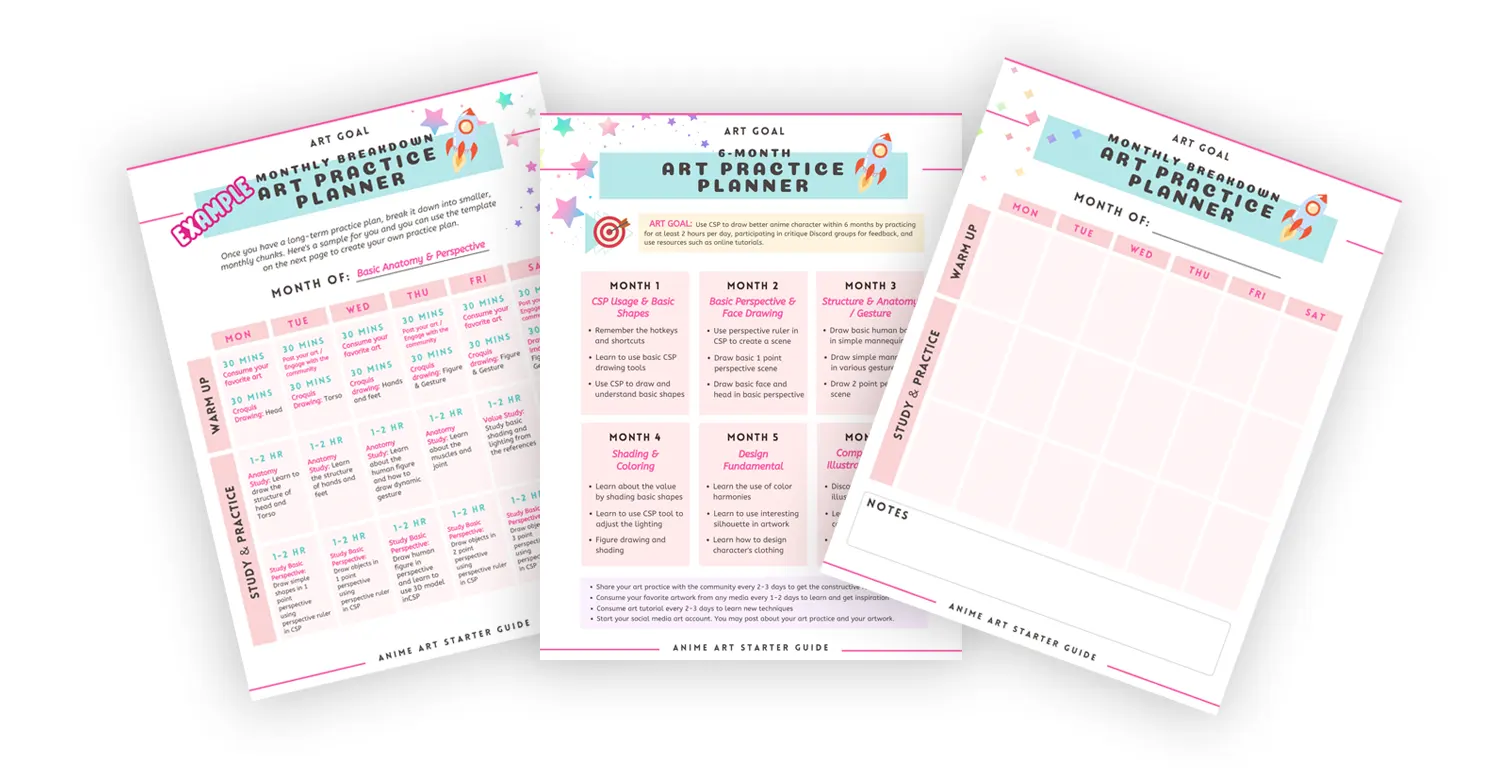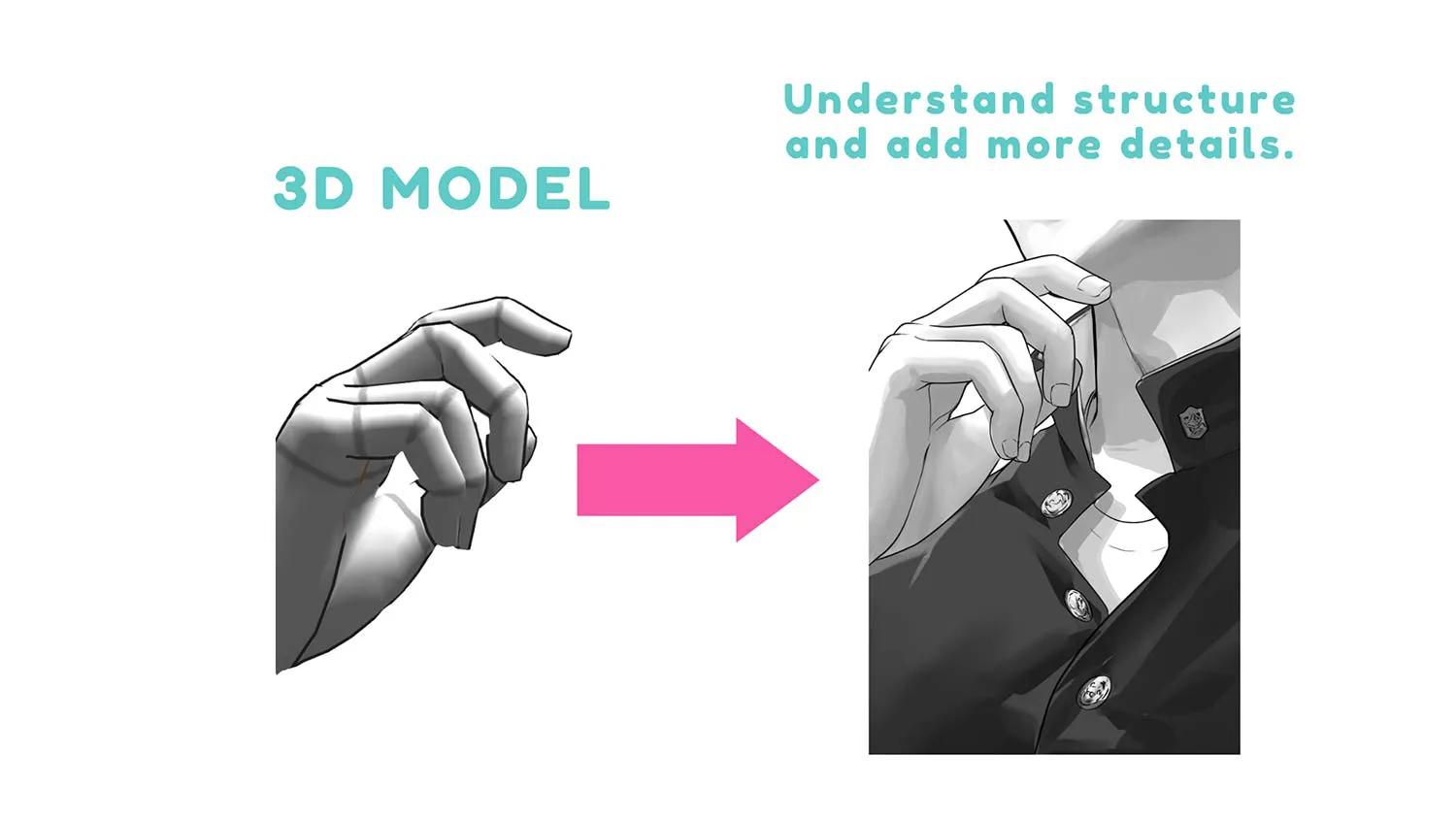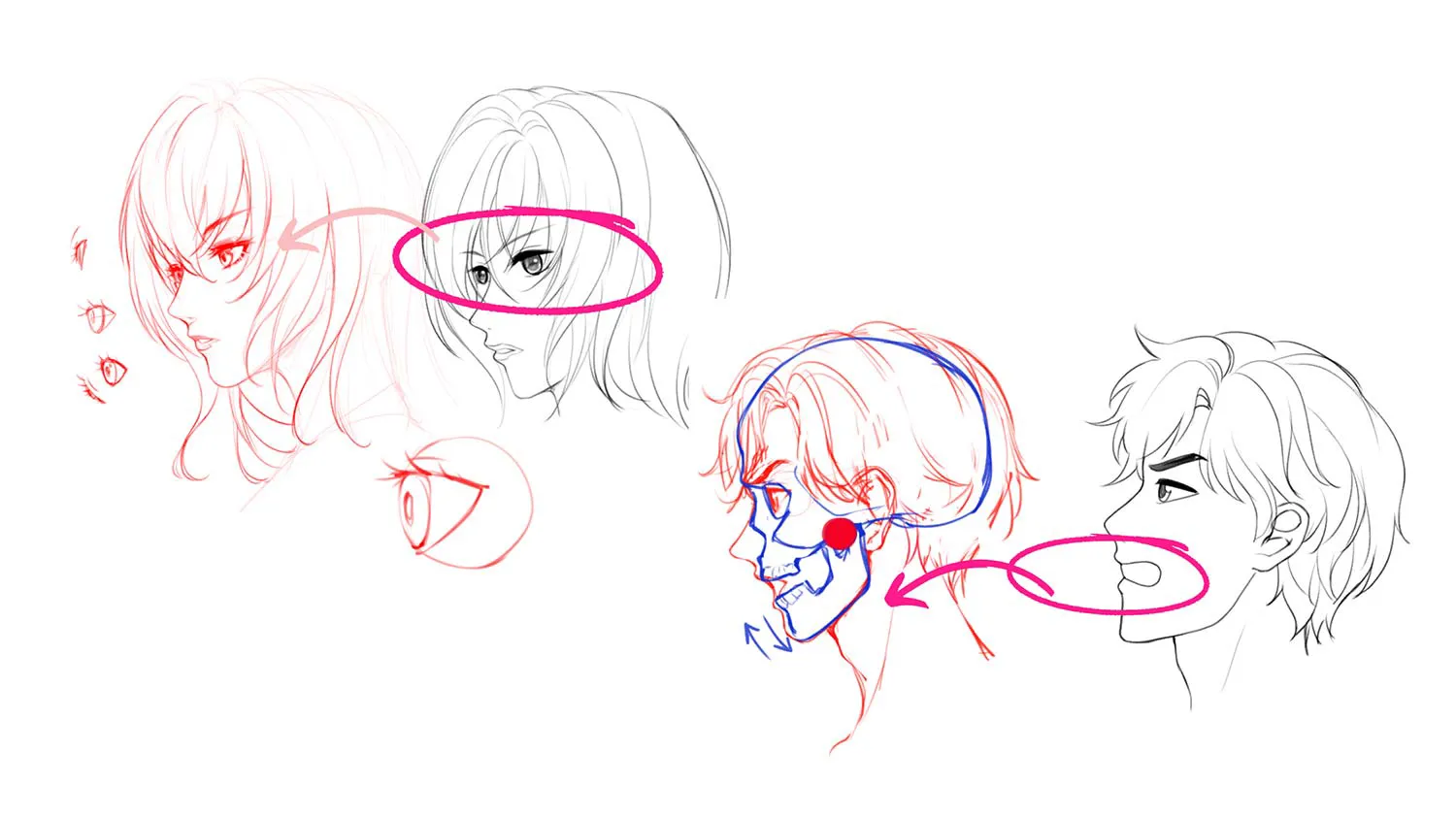If you've been itching to dive into the world of anime art, you've come to the right place. In this article, we'll be breaking down the essential skills that will help you jump-start your anime art journey with confidence!
No worries if you're an absolute beginner. This guide is packed with beginner-friendly information that acts as a simple yet effective blueprint to get you started. So, let's read on and start your anime art from scratch with me!

The Easy Way to Start: Learn 3 Core Skills to Master Anime Art
Before you jump headfirst into anime art learning or drawing tutorial, it's crucial to have a bird's-eye view of the essential skills you'll need. Starting with a strong foundation sets the stage for your artistic journey.
One thing that we must keep in mind is that, anime and manga characters has its own unique style, distinct from realistic styles.
In anime art, you'll need more than just a grasp of art fundamentals; you also need strong design skills to transform realistic characters, scenes, and objects into that iconic anime style we all adore.
So, before we delve into the easy drawing method, let's explore the three core skills that will help you start your way first!

1. Software Skills
Your anime art journey starts with choosing the right tools, and software is often your first essential investment.
Familiarity with painting software like Clip Studio Paint can significantly streamline your creative process. Clip Studio Paint is my personal favorite, and we'll dive deeper into this powerful tool later. (If you want to learn more about this software, let's read my blog here!)
2. Art Fundamental Skills
Before start drawing your dream anime characters or illustration, it's essential to nail down the artistic fundamentals.
These include not just basic elements like lines and shapes, but also shading, color theory, composition, anatomy and gesture drawing—skills that every artist needs, no matter what style or medium they're working in.
However, when drawing anime art, this extends further into specialized areas such as stylized anatomy and dynamic perspective drawing. These skills will give your art the authentic anime vibe, making your characters leap off the screen with life and emotion.
3. Design Skills
Anime art isn't just about technique; it's also about creating a visual experience that captivates your audience. This is where your design skills come into play!
In anime art, design goes beyond just the visuals—it involves storytelling, skillful use of silhouettes, intentional color choices, and smart referencing. These elements collectively contribute to the atmosphere, emotion, and narrative embedded in your art.
By mastering design skills, you're not just creating eye-catching visuals but also engaging and meaningful characters and illustrations.
Alright, you've got the rundown on the three core skills to excel in anime art! Up next in this article, we're zooming in on Art Fundamental Skills.
By honing these basics, you're laying down a rock-solid foundation that will set you on the path to becoming an anime art sensation!
Let's dive in, shall we? 🌟🎨

The Drawing Fundamentals
Before you dive into complex lessons, let's start easily with the fundamentals.
Two cornerstones to focus on initially are shape simplification and composition.
Why start here? Understanding how to break down complex structures into simpler shapes will make your initial foray into drawing much more easier.
As for composition, mastering this skill early on will teach you how to arrange elements in your art to create balance and focus, setting the stage for more complex creations down the line.
It's similar to baking the cake first before you get to the fun part of adding all the decorative icing! Let's dive deeper into these two topics below!
1. Start Simple
Let's kick things off by nailing the basics—no flashy characters or dramatic illustration just yet!
Focus on mastering simple shapes, lines, and curves. Think of these as the start of all art forms, from the human form to animals and buildings.
Being able to simplify these intricate structures into easy-to-understand shapes will give you a leg up as you start out.
2. Understanding Composition
Now, let's talk about composition. It's more than just deciding where things go on the canvas; it's about striking a balance that pleases the eye.
Want to know how to make your character poses and art objects more visually appealing? Understanding composition is your answer.
It helps guide the viewer's focus, steering their gaze through your artwork in a way that makes the entire piece come alive.

Learn Perspective Drawing
Understanding perspective is like adding a magical touch of 3D to your 2D world.
It infuses your characters, objects, and backgrounds with a sense of depth that makes them pop off the canvas!
One-point, two point, and three-point perspective is your go-to for drawing rooms, buildings and backgrounds.
It's where everything converges to a single point in the distance, offering an illusion of depth.
When you master these perspective techniques, you're not just drawing; you're creating an immersive world!

Basic Anime Anatomy
Understanding the fundamentals of anatomy is like having a secret key to unlock the full potential of your anime art. While anime is stylized, it's still rooted in basic anatomical principles.
Knowing where the bones and muscles are helps to ensure that your characters look authentic and move naturally.
Body Proportions
Ever wonder why some anime characters look harmonious while others seem off? It's all about body proportions!
Getting the head-to-body ratio correct, understanding limb lengths, and balancing other aspects of the body can dramatically enhance the visual appeal of your characters.
Muscles and Gestures Drawing
You know what makes a character truly pop? Dynamic poses and well-drawn muscles!
Mastering these elements can transform your characters from static figures to expressive personalities.
Whether your character is leaping through the air or delivering a powerful punch, understanding muscles and gestures adds a layer of realism and emotion that makes your scenes come alive.

Shading
Shading is the technique used in drawing to create the illusion of depth, volume, and light. It helps give your characters and scenes a more three-dimensional look by adding highlights and shadows based on a light source.
Understanding Light Source
First rule of Shading: always know where your light is coming from!
This will be your guide in determining where to place highlights and shadows.
Once you've figured out your light source, you can effectively illustrate how it interacts with your characters and elements, enhancing the overall artwork quality.

Color Theory
Color theory is the study of how colors interact, contrast, and complement each other.
Understanding color theory is not just about making your art “pretty,” but also about evoking the emotions and telling a visual story.
Warm vs. Cool
The temperature of color plays a significant role in how your art is perceived.
Warm colors like reds, oranges, and yellows can evoke feelings of warmth, happiness, or excitement. On the other hand, cool colors like blues, greens, and purples often elicit a sense of calmness or serenity.
Knowing when and how to use these can dramatically impact the mood of your artwork.
Color Harmony
Ever puzzled over why some color combos just click? That's what we call color harmony!
Whether you're pairing colors that are opposite each other on the color wheel (complementary colors) or choosing colors that sit side by side (analogous colors), getting this mix right can really boost your art.
By choosing the ideal mix of color, you can craft anime characters that are both captivating and visually appealing.

Reference Material
Why artists should use references? The answer is to boost Your imagination and design skills!
References are tools for the imaginative. They can offer a wealth of ideas and serve as a roadmap for tricky aspects like anatomy, lighting, or even scene composition.
By incorporating different references into your work, you'll find your artistic skills not just replicating but also evolving.
Good Artists Borrow, Great Artists Reference
Don't hesitate to lean into both real-world and anime-specific references when crafting your masterpieces.
The secret sauce? Blend inspiration from multiple sources! Pay close attention to the nuances, like the design, light and shadow or anatomy, then fuse these elements into your own unique creation.
Using references wisely can add layers of depth and realism to your work, making it more compelling and immersive. But remember, references are your guides, not your gospel.
Use them to inform and enrich your art, not to overshadow your unique creative voice.

Perseverance & Consistency: Your Hidden Ingredients for Becoming an Anime Art Pro!
Let's be real, mastering the art of anime drawing is no walk in the park—it's a journey that demands your time, sweat, and a whole lot of patience. Yet, there's something incredibly satisfying about seeing your skills level up over time, right?!
Create your Art Practice Planner
Planning your art practice can make a world of difference. Dedicate specific times to practice different skills, whether it's anatomy on Mondays or shading on Wednesdays. A structured approach can accelerate your progress, keeping you focused and disciplined. (You can grab the planner below in my Anime Art Starter Guide Ebook!)
Go Beyond Tracing: Understand the Structure
Tracing something such as 3D models can be a useful tool for beginners, but to truly grasp the essence of anime art, you should also aim to understand the underlying structures. Think about how the bones and muscles make a pose work, or how perspective brings a scene to life.
Know the Common Mistakes when Drawing Anime
Every artist has their Achilles' heel, and it's crucial to recognize yours. Whether it's proportion issues, shaky lines, or overcomplicating details, identifying these common pitfalls can save you heaps of time in the long run.
(In MiMi Family Anime Art Membership, I'll include art advice to help you with your mistakes as well! And you can use Golden Mi Coin to get the direct advice from me! ✨)

Conclusion: Your Journey Has Just Begun 🌟
Wowww! We've covered a lot in this article!
From understanding the core skills to mastering the fundamentals, I've set you up with a strong foundation to kickstart your anime art journey!
If you're feeling overwhelmed, no worries! In the upcoming MiMi Family Anime Art Membership, I'll cover you with all of this knowledge once our membership is open!
Embrace the process, and don't forget—perseverance and consistency are your best allies.
Now, get ready to rev your artistic engines because next article is going to be a game-changer! 🚀 We're diving deep into the world of drawing software skills.
Specifically, we'll be focusing on Clip Studio Paint, the ultimate tool for bringing your anime dreams to life.
Read the next article here. ➡️ 5 Important Things to Do After Installing Clip Studio Paint! 🎨✨
Finally, if you like art tips and content like this, feel free to subscribe to my weekly newsletter: !
I share my anime art tips and experiences in my digital art career in a weekly email. You'll get the insight and behind the scene of the art career! Really recommend if you're a beginner anime style artist.
Thank you so much for reading this post! I really appreciate your visiting and using your valuable time reading my content!
Much Love 💖
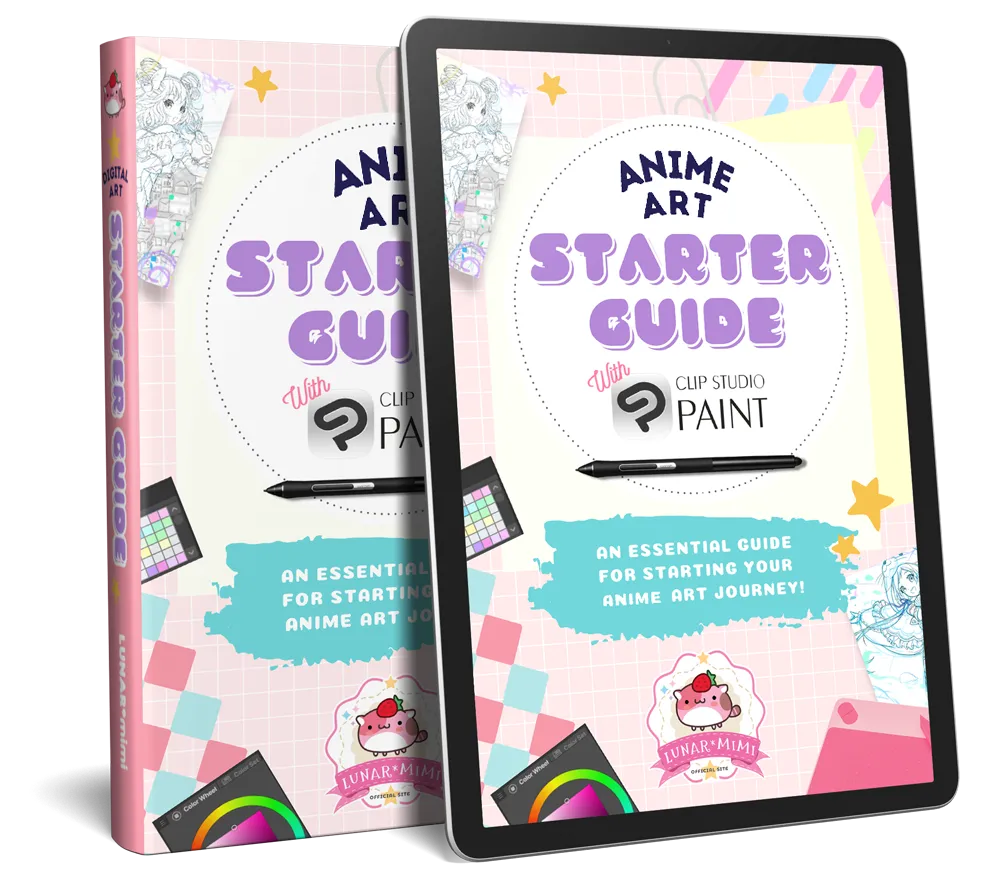
Want to know how to start your anime art journey?
Download my ANIME ART STARTER GUIDE and start your artistic path right away for FREE!
